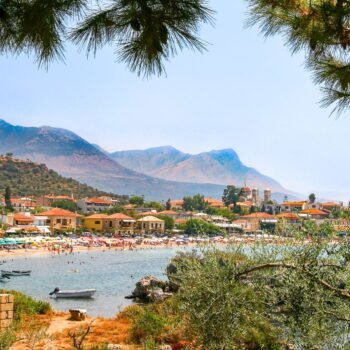Local Traditions & Culture
Beyond its literary ties, the history of Stoupa is also reflected in its deep-rooted traditions. The village has retained many of its centuries-old customs, offering visitors an authentic experience of Maniot culture.


Religious Festivals
Greek Orthodox traditions remain a core part of life in Stoupa. Throughout the year, various religious festivals and feast days are celebrated, often featuring church processions, live music, and traditional feasts. These events provide a unique glimpse into the spiritual and communal life of the village.

Local Produce
Beyond its history, the culture of Stoupa is reflected in its local craftsmanship and traditional products. The surrounding olive groves have been central to the village’s way of life for centuries, with locals producing high-quality olive oil that is well known throughout Greece.

Traditional Music & Dance
Music and dance are integral to Maniot culture, with locals gathering for festivals, weddings, and celebrations where traditional Greek music sets the tone. Visitors may have the opportunity to experience authentic Maniot dances, performed with enthusiasm and pride.










